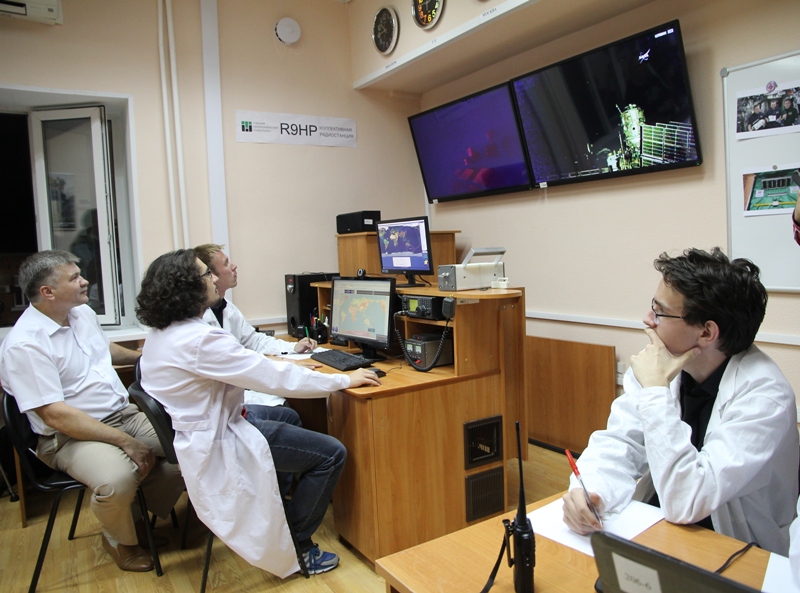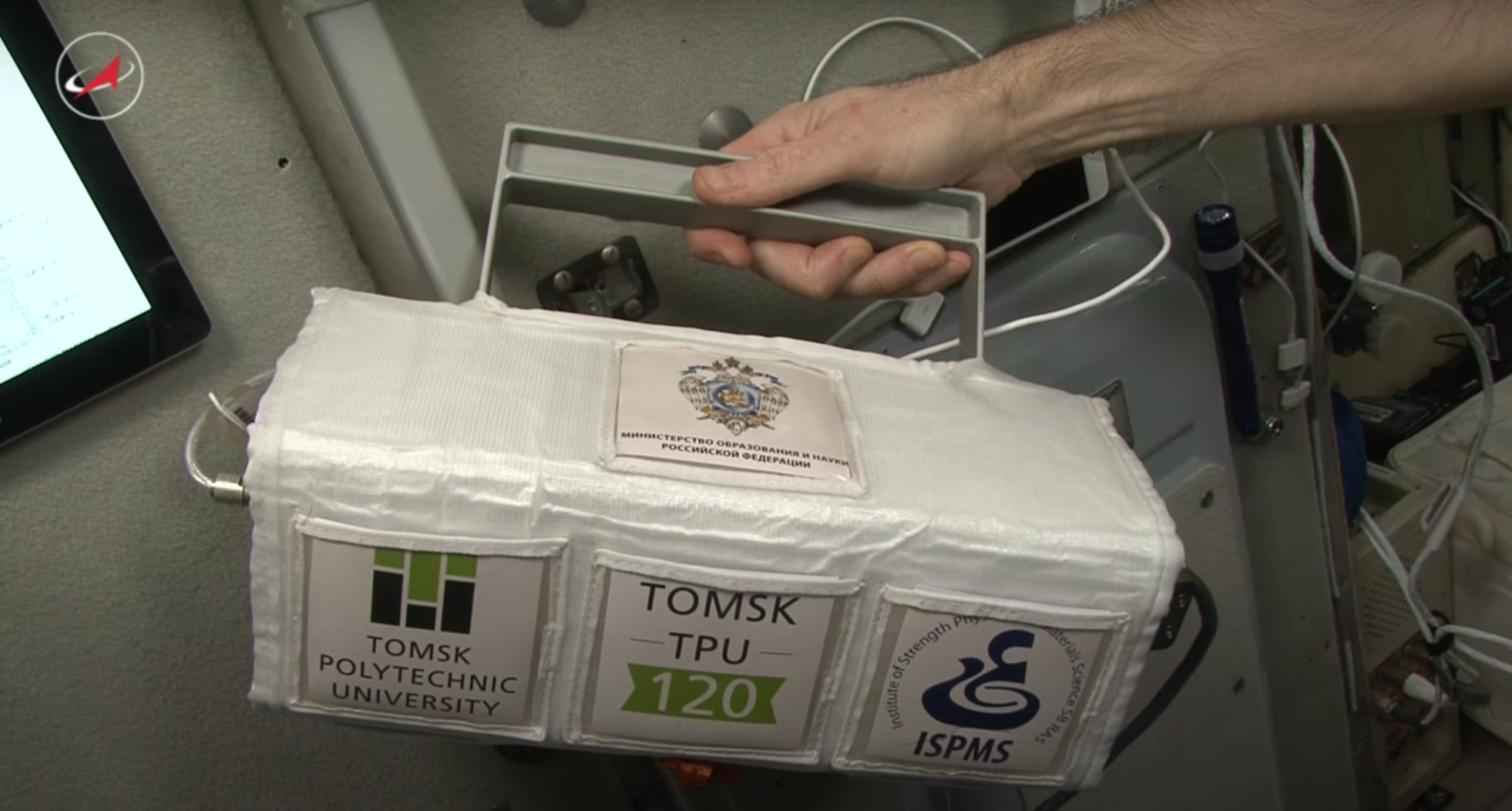China3D printingNet July 25th, negotiations are underway to launch the first round of satellites from the International Space Station (ISS) in 2021 as part of an interdisciplinary project called the “Small Spacecraft Group”, a Russian trust. Engineers from Musk Polytechnic University (TPU) willAt least five3D printingCubeSatsatelliteInto the orbit. The main purpose of the experiment is to test the possibility of automatic interaction with space objects, especially in navigation and communication tasks. The TPU’s Student Mission Control Center (MCC) will use the satellite control system to track and supervise equipment on Earth and ensure that the micro-spacecraft can respond to all their requirements.
Andrey Kolomeitsev, Assistant of the Department of Electrical Engineering at TPU, said: “Satellites will have to be built according to instructions, move in orbit, maintain formations, interact with the earth and each other, and change and coordinate their positions based on the received data. At MCC, we It will ensure that the satellite performs its functions, track trajectories, receive telemetry information, monitor engine conditions, and send commands to vehicles to ensure realignment when necessary.”
MCC was created by students and lecturers. It is part of the TPU Space Engineering Virtual Design Center (VDC). It trains students on the flight control of small spacecraft in orbit, thereby arousing people’s interest in the rocket and space industry and helping them achieve innovative Technical solutions.

Students from the Mission Control Center (MCC) monitor the launch of the Tomsk-TPU-120 satellite (picture provided by Tomsk Polytechnic University)
In order to control the CubeSat group, the team will need an antenna that can provide reception services anytime and anywhere; an automated system; equipment capable of receiving and processing information from all spacecraft at the same time; and an experienced team. Alexey Yakovlev, Dean of TPU’s School of Advanced Manufacturing Technology, said that TPU students and graduate students already have extensive experience in handling satellite transmission and operation. In 2017, the five-kilogram nanosatellite 3D Tomsk-TPU-120, printed by TPU students and faculty using dynamic models, was manually deployed into orbit during the Russian spacewalk on the International Space Station. At that time, astronauts Fyodor Yurchikhin and Sergei Ryazansky just opened the exit of a docking module, turned on its power system, and released it into space.
TPU has the technical capabilities and expertise to receive and process information and manage satellite constellations. At MCC, students were trained to receive signals from satellites flying over the city of Tomsk, Russia.Whether it’s a Chinese satellite that sends call signs in Morse code, or the institute’s own3D printingTomsk-TPU-120 satellite telemetry transmission technology, next year, when multiple satellites start to operate in space, these routine tasks will come in handy. Moreover, they are ready to deal with CubeSat failures and know how to solve any spacecraft problems caused by space dust, collisions, space weather and internal failures.

The Tomsk-TPU-120 microsatellite held by an astronaut on the International Space Station (image courtesy of YouTube/Roscosmos Media)
The students and staff of TPU participated in the project at the invitation of Alexander Chernyavsky, the main developer and contractor of the Russian space shuttle program, and the consultant to the general manager of the rocket and space company Energia (RSC Energia).According to China3D printingThe network understands that 15 Russian organizations and universities will participate in space experiments, including the development of CubeSats and launch platform equipment on the International Space Station. With the help of TPU, other well-known participants in the project include Skolkovo Institute of Science and Technology, RSC Energia and Samara developers, their task is to create special software to control the CubeSats group, which will improve the ability to receive and send.“In the future, space traffic will become more active, and multi-agent interaction will be very important, so control technology must be tested today. That’s why this is a very important experiment.” Kolomeitsev said.
China3D printingOnline reviews: use3D printingThe technology to design CubeSat bodies to achieve cheaper and faster tasks is nothing new, because many agencies, startups and universities have been doing this for several years. Microsatellites are very suitable to encourage students to send projects to orbit, and even space agencies encourage students to develop their own CubeSats, such as the CubeSat launch program of the National Aeronautics and Space Administration (NASA), which is suitable for high schools, universities and non-profit organizations, or European aerospace The CubeSat Educational Program of the Agency (ESA) is called “Flying Satellites!”, which provides college students with the opportunity to develop their own space missions. For TPU Russian engineers, manufacturing small multi-purpose satellites has always been one of their priorities, especially because having the CubeSat satellite group in orbit will help them deal with agriculture, forest fires, climate change and the natural environment. Many urgent issues. Resources and help test new technologies in space material science. As space exploration advances, we will continue to discover projects that combine technology and innovation to allow more satellites to be deployed into orbit than ever before.
China3D printingNet compile article! Please indicate the source for reprinting!
(Editor in charge: admin)


0 Comments for “A large number of 3D printed CubeSats will be launched from the International Space Station in 2021”